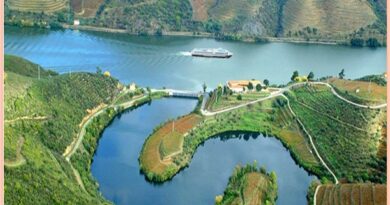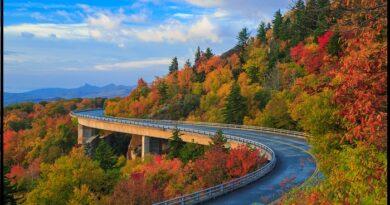What Makes Manas National Park Assam-A Fabulous Adventure destination
Manas National Park Assam
Manas National park and Manas Wildlife Sanctuary are situated in the State of Assam in North-East India. It lies at the foothills of the Himalayas and the region is one of the main biodiversity hotspots of India. Covering an area of 39,100 hectares, it spans the Manas river and is bounded to the north by the forests of Bhutan. The Wildlife sanctuary’s scenic beauty includes a range of forested hills, alluvial grasslands and tropical evergreen forests. The site provides critical habitats for rare and endangered species, including tiger, one-horned rhino, swamp deer, pygmy hog and Bengal florican. Manas has exceptional importance within the Indian sub-continent’s protected areas, as one of the most significant remaining natural areas in the region. The Manas Wildlife Sanctuary is part of the Manas Tiger Reserve and lies alongside the shifting river channels of the Manas River. Manas national park became a UNESCO World Heritage Site in 1985 and a national park in 1990. It is considered to be the pride of Assam and is known for its beauty and richness in terms of both flora and fauna. The Park got its name from the Goddess Manasa, who is worshipped in this region.
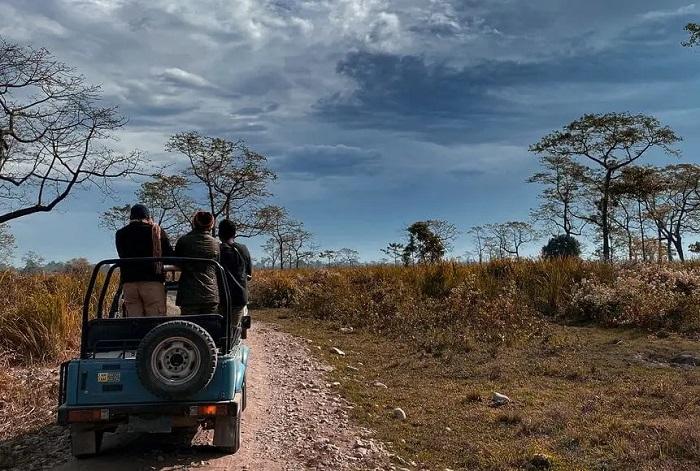
History of Manas National Park
Before 1928, Manas National Park was a reserve forest called Manas Reserve Forest and North Kamrup Reserve Forest. The park’s 360 sq. km area was designated as a wildlife sanctuary on 1st October 1928. Manas Biosphere Reserve was established in the year 1989 and In 1985, the park was declared a Natural World Heritage Site by UNESCO.
On a gentle slope in the foothills of the Himalayas, The Park has had a number of Projects- Project Tiger Reserve since 1973, a Biosphere Reserve since 1989 and an Elephant Reserve since 2003 as well as Important Bird Areas. The Manas Wildlife Sanctuary provides habitat for 22 of India’s most threatened animals listed in Schedule 1 of India’s National Wildlife Act 1972. There are nearly 60 mammal species, 42 reptile species, 7 amphibians and 500 species of birds, of which 26 are globally threatened habitats in the Park. There are two major biomes present in Manas park, namely-The grassland biomes and forest biomes. The former includes the pygmy hog, Indian rhinoceros, and Bengal florican. The latter includes slow loris, wild pig, and capped langur.
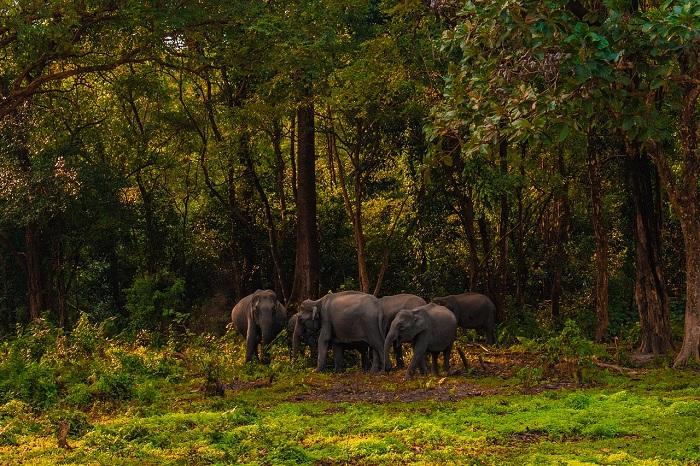
Geography
The wildlife reserve covers the Chirang, Darrang, Kokrajhar, Udalguri and Baska districts of Assam. The park is divided into three ranges. The western range is based at Panbari, the central at Bansbari near Barpeta Road, and the eastern at Bhuiyapara near Pathsala. The ranges are not well connected. There is a rough trail connecting the centre to the eastern range. Bansbari is my Favourite place, most visitors come here to spend some time inside the forest at Mathanguri at the Manas river. Manas river, a tributary of the Brahmputra river flows through the reserve. Five other smaller rivers also flow through the national park which lies on a wide, low-lying alluvial terrace spreading out below the foothills of the outer Himalayas. These rivers carry an enormous amount of silt and rock debris from the foothills and this causes rock fragility and catchments with steep gradients. Alluvial terraces are formed due to the comprising layers of deposited rock and detritus overlain by sandy loam and a layer of hummus.
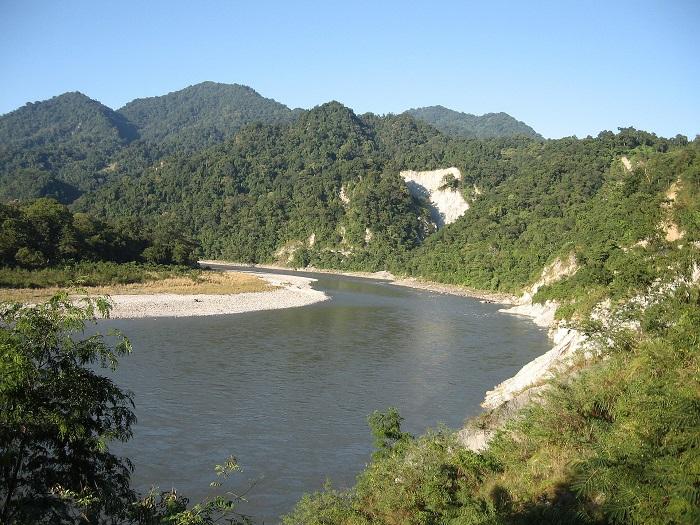
The Manas river also serves as an international border dividing India and Bhutan. The bedrock of the savanna area in the north of the park is made up of limestone and sandstone rock, whereas the grasslands in the south of the park stand on deep deposits of fine alluvium. The combination of the Sub-Himalayan Bhabar Terai formation along with the riverine succession continuing up to the Sub-Himalayan mountain forest makes it one of the richest areas of biodiversity in the world.
Manas Wildlife Sanctuary
Manas wildlife Sanctuary is recognized not only for its rich biodiversity but also for its spectacular scenery and natural landscape. It is located at the foothills of the Eastern Himalayas. The northern boundary of the park is contiguous to the international border of Bhutan Surrounded by the imposing Bhutan hills. It spans on either side of the majestic Manas river flanked in the east and the west by reserved forests. The Manas river flows through rugged mountains in the backdrop of forested hills coupled with the serenity of the alluvial grasslands and tropical evergreen forests offering a unique wilderness experience.
The Manas-Beki system is the major river system flowing through this Sanctuary and joining the Brahmaputra river further downstream. These and other rivers carry an enormous amount of silt and rock debris from the foothills resulting fragile nature of the rock and steep gradients of the catchments. This leads to the formation of alluvial terraces, comprising deep layers of deposited rock and detritus overlain by sandy loam and a layer of humus represented by bhabar tracts in the north.
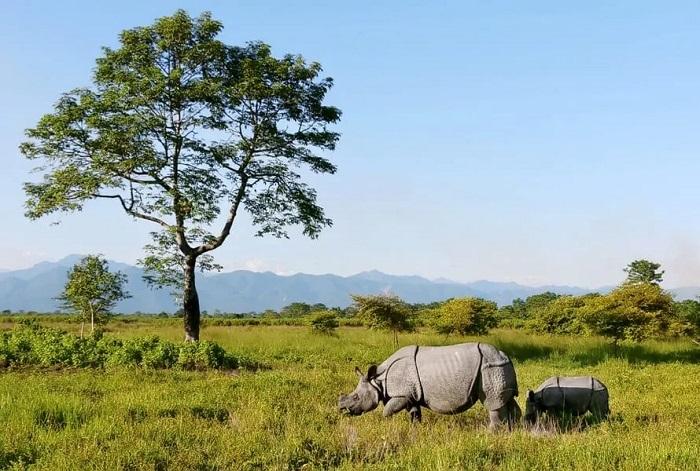
Apart from various Fauna species, the Manas Wildlife Sanctuary also habitats high plant diversity that includes 89 tree species, 49 shrubs, 37 undershrubs, 172 herbs and 36 climbers. Fifteen species of orchids, 18 species of fern and 43 species of grasses that provide vital forage to a range of ungulate species also occur here.
Tourist Attractions in Manas National Park
There are a number of attractions in Manas National Park apart from its wildlife which makes it an ideal destination to visit. Rivers, Guwahati Tea Auction Centre, and a monastery & shrine of the Vaishnavite reformer, Mahadeva are the major points of interest in and around Manas National Park. Other nearby tourist places from the park include Doors and Guwahati.
Manas national park location in Assam map showing the location of Manas National Park. The status of tourism in both the protected area Manas Wildlife Sanctuary and Manas national park from the visitor’s point of view is standing very satisfactory. Manas national park map pointing to the area of Tourism and various surrounding landscape.

Manas National Park Safari
The best time to visit Manas National Park is from October to April. Jeep safaris are the best way to enjoy a wildlife sighting tour in Manas National Park. There is a lot of option, offering a pleasant location to stay. Different types of cottages offer different experiences and views. Manas National Park Homestay is also a delightful option to stay with modern amenities.
Jeep Safari
Jeep safari is most famous among tourists. Manas National Park is home to more than 20 endangered species of birds and animals. Visitors here get the rare sightings of exotic Manas wildlife sanctuary animals including Assam roofed turtle, pygmy hog, and hispid hare. The beautiful landscape and surroundings will make you feel overwhelming love for nature.
Elephant Safari
Riding on an elephant’s back and wandering through the park is another interesting way to explore the Manas National Park animals. These gorgeous giants are a part of the national park. The elephant ride gives you access to the regions of the park where the jeep is not allowed. You get a different perspective of the park from sitting on the back of an elephant.
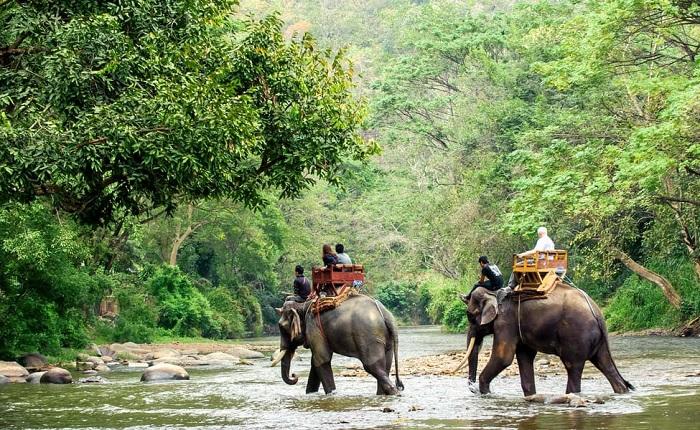
Monastery & shrine of the Vaishnavite
Monastery & shrine of the Vaishnavite established by Assamese Vaishnavite monasteries, the Satras are Institutional Centers that propagate Neo Vaishnavism across the State of Assam. An initiative of the Kings of the Ahom Dynasty, these Satras house hundreds of celibate and non-celibate ‘Bhokots’ (Monks).
Sri Auniati Satra is one mentionable Satra in the State of Assam, established by Ahom King Jayaddhaja Singha in 1653 AD in Majuli. The ‘Sri Auniati Satra’ is the one that occupied the highest position amongst the various Satras of Assam. The term ‘Ati’ means elevated place and hence the name ‘Auniati Satra’ came into being. This slightly elevated land is River Island Majuli. The idol which receives daily worship in the ‘Satra Temple’ is the idol of Lord Krishna known as Govinda. This idol was originally brought from Jagannath Kshetra from Puri in Orissa and installed here with all the Vedic religious rituals. The surroundings of this ‘Satra’ is a picturesque landscape that shows the true rural life of Assam amidst the city of Guwahati. The ‘Satra’ overlooks the Brahmaputra River and the smallest River Island of Umananda can be spotted from the ‘Satra’. Surrounded by lush greens and palm trees this ‘Satra’ is a must-visited place in Assam.
Things to do at Manas National Park Assam
Manas National Park Tourism offers a variety of activities for visitors to enjoy and appreciate the diversity of nature. Check this out to know all about the exciting things to do at Manas National Park, Assam.
River Rafting
For adventure seekers and wildlife enthusiasts, river rafting on the slow waters of the Manas River is an outstanding experience. The 35-km ride takes you through the wild deciduous forests which are home to hundreds of different species of birds. Rafting on the deep azure waters of the river is kind of an unbelievable experience.
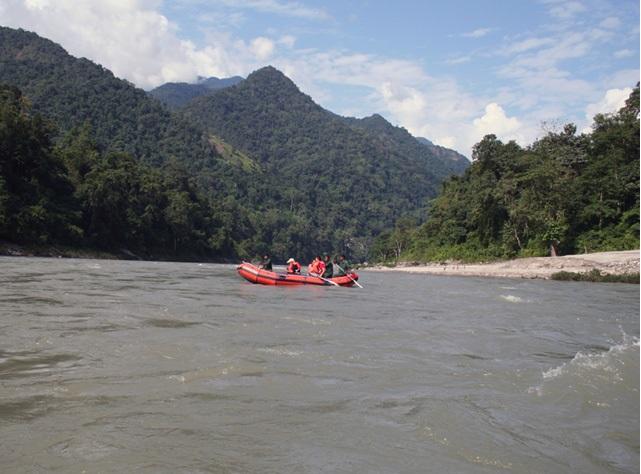
Village & Tea Plantations Visit
Assam is famous for its tea plantations and you can see plenty of Tea gardens just right outside the park. Make a trip to Fatemabad Tea Estate to take a walk through their pretty estate. The sanctuary is also home to local Bodo villages where small indigenous communities of Ghatigaon and Ragu Bil. Visitors can join them in their music and dance sessions.
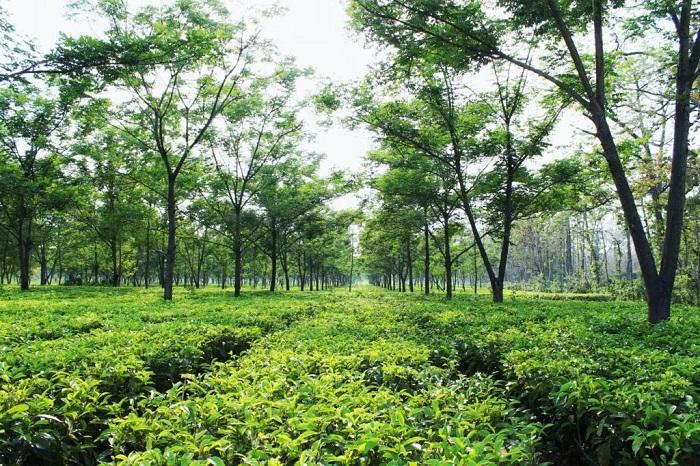
Birdwatching
Birdwatching is an amazing experience in Manas National Park, one can spot a lot of fancy birds here. This region is so rich in fauna, that you will never see or heard of it before. You will hear the distinct coos of the various birds in every direction. If you are a bird lover, this place is a paradise for you.
Read more- Chopta-Tungnath Trek Uttarakhand From Blah Into Fantastic
How to Reach Manas National Park Assam
Manas National Park is 176 km from Guwahati by road. It has excellent connectivity with neighboring towns and Guwahati city by National Highway No. 31. The nearest airport is Lokapriya Gopinath Bordoloi International Airport in Guwahati. Flights from across India fly to Guwahati, including from Delhi, Mumbai, Chennai, Bengaluru, Hyderabad, and Kolkata. The nearest railhead is Barpeta Road Station which is 40 km away from Manas.

